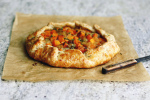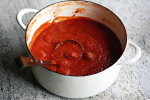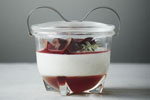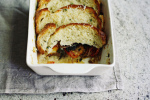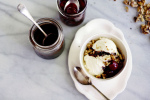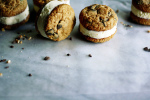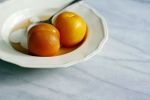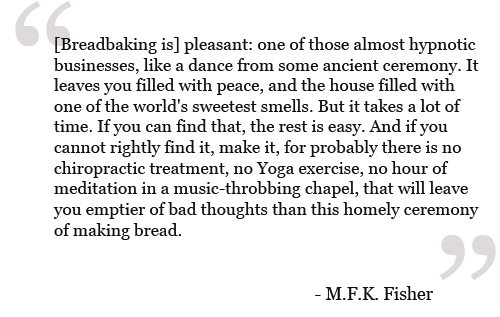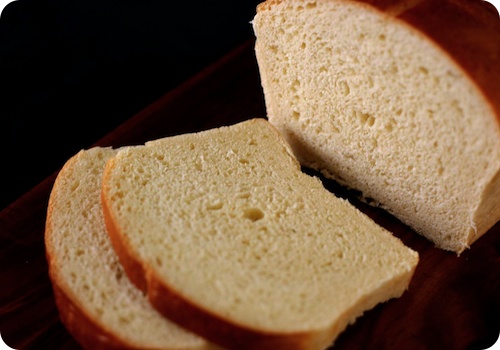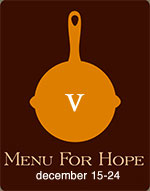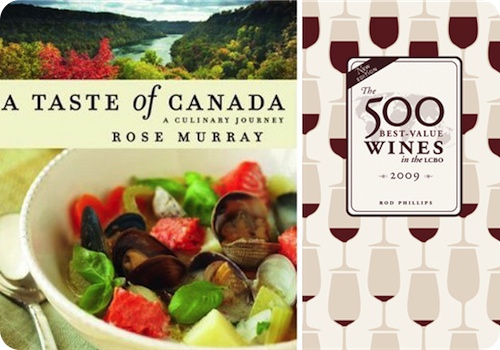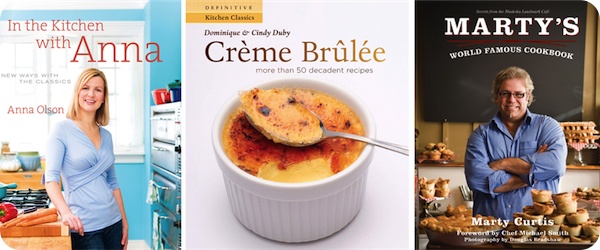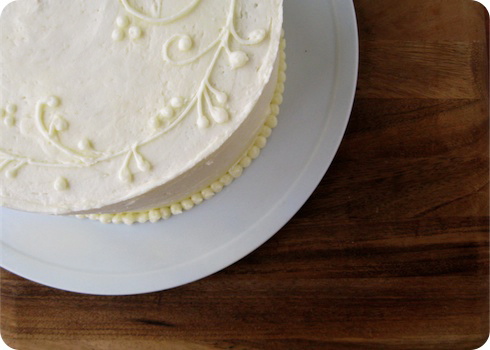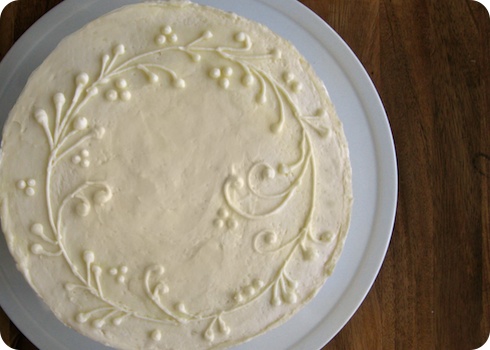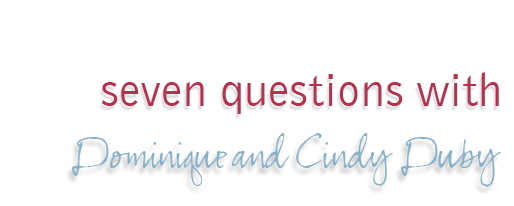Tales from the breadbox, chapter two
 Wednesday, January 14, 2009 at 3:11PM
Wednesday, January 14, 2009 at 3:11PM 
Honey-hued and tender, Soft American-style Sandwich Bread, from the book Artisan Bread in Five Minutes a Day.
Here I go. Again.
It started with chocolate cake, then it was peanut butter cookies. Now, it's sandwich bread.
You see, I'm not one to leave well enough alone. I have fidgety digits, hands that almost twitch at the prospect of fiddling with an idea. An idea will capture my attention, and I find it nearly impossible to let go; even if I attempt to shove it aside to deal with the matter at hand, the idea it will remain, incessantly tugging at the edge of my attention.
Lest I begin a nervous tick, or start yelling at my own brain, I invariably give in to my impulses.
After asking for direction on soft sandwich bread recipes to try, I was offered a myriad of helpful suggestions. Wonderful help, and to be sure there was no way I was going to let the guidance go to waste. So I began baking, first Julia Child's Classic White Bread from Baking with Julia (William Morrow Cookbooks, 1996), then the Soft American-style Sandwich Bread (pictured above) from the fantastic Artisan Bread in Five Minutes a Day (Thomas Dunne Books, 2007). Both were delicious, each in their own way (more on that in a moment).
What these breads solidified for me was my criticism of Ina Garten's Honey White Bread; too sweet and too eggy. I simply do not like eggs in my sandwich loaves. I like eggs in some breads, Egg Breads to be specific, but those breads I consider a whole other food entirely.
In my standby everyday sandwich breads, I want something milder, subtle but with flavour, appropriate for both savoury and sweet uses and without too much richness. Egged breads have their own place, but in my mind that place is not alongside tuna fish at lunchtime. Your mileage may vary.
Back to the recipes I did like. The Soft American-style Sandwich Bread from Jeff Hertzberg and Zoe Francois, authors of Artisan Bread in Five Minutes a Day. With a more modest amount of yeast than some other recipes I have seen, and a longer resting time, this bread had a remarkably deep flavour. The inclusion of melted butter resulted in a crumb that was substantial yet light, yielding but still hearty enough to be sliced cleanly and well-suited as the base for even Dagwood-esque creations. The recipe yields three loaves, I sent some dough home with an especially-cherished friend, and she found it exactly the sort of bread she likes.
My heart, however, was not wholly won over. The aforementioned butter was delicious, but almost too much of a good thing (perish the thought). While I have never been one to shy away from full fat in all its glory, the quantity of fat was again a distraction. It became about the butter, and not about the bread as a whole.
The other strike against this loaf was that I'd made Julia Child's Classic White Bread earlier in the week and I was already rather smitten. I should have known America's grand-dame of gastronomy would have the (almost) perfect recipe. The dough was gorgeous to work with, laminated with less softened butter than the Soft American-style, and sublimely silky. The loaves rose to impressive heights when baked, cresting well over the edge of the pan and sporting a burnished-gold tan. Their texture was spot-on; soft and tender, and slightly springy to the tongue. Most probably attributed to the thorough kneading the dough requires, it was this texture that made this loaf truly exceptional.
But even as I was deeply mired in a blissful state of carbohydrate-induced languor, I had a nagging impulse. An annoying little idea of how I could take this great recipe and (possibly, hopefully) make it better.
After years of eating breads with minimal leaveners and slow rises, I have come to prefer their flavour to that of quicker-risen loaves. Even in my flour-dusted stupor of bready goodness, I could not get past the fact that I could taste the yeast in Child's bread. As such, while I favoued the overall results from her recipe, I still found the longer-rested breads from Hertzberg and Francois, and Jeffrey Alford and Naomi Duigud (HomeBaking, Random House Canada, 2003) appealing. Simply put, they had an understated complexity that is lacking in heavily-yeasted breads.
So what to do? Well, although I am no expert on the matter, I am going to attempt an experiment. I am going to combine the elements of all three recipes, to see if I can manage to capture the best traits of each. Possibly this will end in utter disaster, possibly in delicious bread. I'll be sure to share the results.
Oh, and did I mention that I have found the excuse to bake two chocolate cakes for Benjamin's upcoming birthday, just so I can try out another side-by-side comparison?
Neurotic behaviour? Yes. Delicious dividends? Oh yes, very. So how can I complain about that?
Happy baking.


